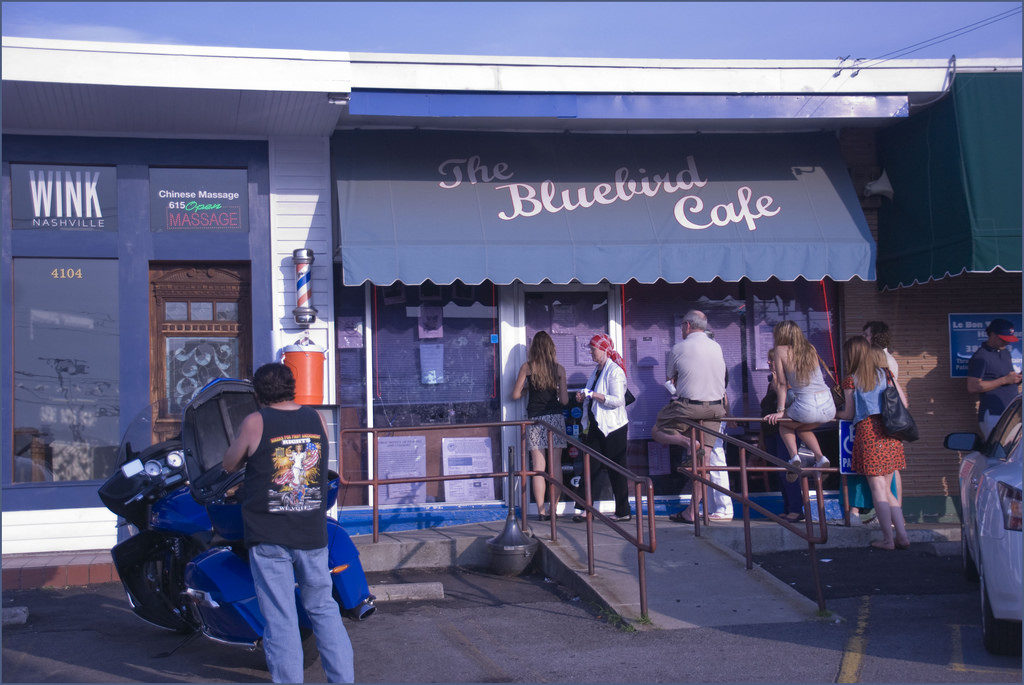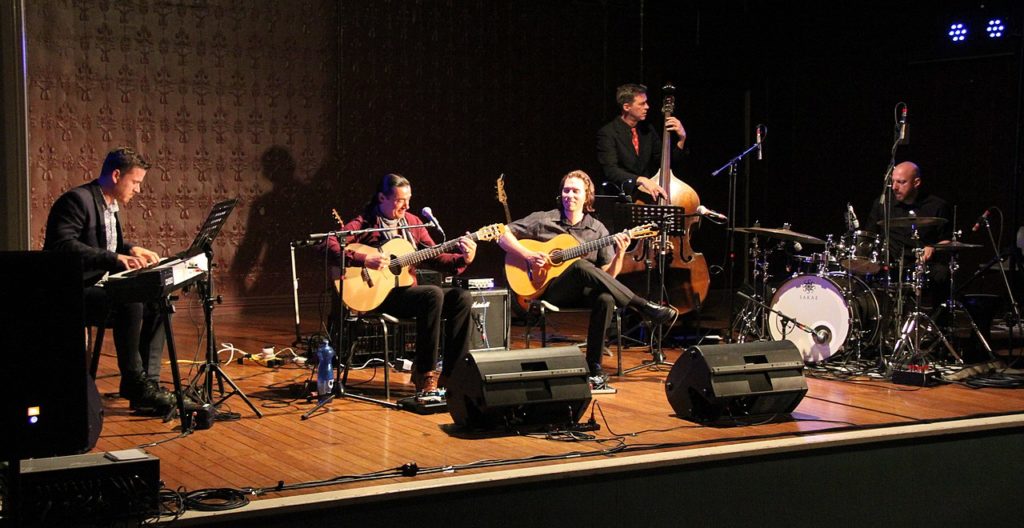Songwriting Secrets
This week we continue unlocking more songwriting secrets with pop guitar voicings.
We all know what they sound like
Have you ever heard a stripped back version of a classic pop tune? Or a live version they’ve done for a TV spot? O r whatever people do these days… Then you’ve heard pop voicings before. And I’m sure want to unlock these songwriting secrets. They’re bigger, they’re cheesier, but most importantly, they’re LUSH. You can fight with me all you want on this one. You love pop chord voicings and there’s no shame in that. So stop trying to hide it.
But what are these mystical voicings that turn our boring old normal chords into these sonic clouds of wonder? Well put simply its down to suspensions and substitutions. What’s that? You want it put even simpler? All right it’s like moving a couple notes around so that the boring ones are gone and the nice ones are in. Makes sense now? Good.
Ok so lets take a look at a simple chord progression in the key of E because that’s a solid pop key:
Reading from left to right we’ve got chords: E, A, F#m, C#m, and B, or chords 1,4, minor 2, minor 6, and 5 for all you music buffs out there.
Now straight off the bat this is a cluster of chords that have been used in pop more times than you’ve tried and failed to play the Sweet Child O’ Mine riff so were already off to a good start. Thing is though, if you just bimble your way through these chords no one is gonna be turning their heads and thinking ‘dayum that’s some tasty pop’ so we gotta change things up. How? By using substitutions and suspensions, duh.
So what are they?
Well imagine you’ve got yourself a major chord, like an A. The chord of A is made up of three notes; A, C, and E. E is your major third and ultimately what defines that chords as major, its what makes the chord feel complete. What suspending a chord does is basically removes the third and replaces it with another note to make it feel incomplete. Which sounds like it wouldn’t be nice, but that’s what gives your pop chords their float-y deliciousness. Usually you’ll replace the third with either the second, or the fourth. An easy way to imagine what that sounds like is to just sing amen like you were in a church choir. Chances are you’ll either sing a Suspended second (sus2) or a suspended fourth (sus4) go on try it I’ll wait… great job! You nailed it.
Now we can’t just go round throwing in suspended seconds and fourths left right and centre otherwise our pop song is going to feel like it never started and will never end. We have to be tasteful. So check out these puppies:
Oh yeah that’s the stuff.
So once again reading from left to right we have: E, Asus2, a very fruity F#msus2sus4, C#m, and finally a Bsus4.
If you play this chord progression now you’re going to notice a big difference sonically.
The tasteful placement of these suspended chords will give the progression a much more open feel. Where there was once clear defined harmony there is now delightfully unclear tonality. Chords are bigger, better, and more lush. It’ll also feel more optimistic as well; I don’t think that’s anything to do with the harmony but there’s argument for it seeing as pop usually is upbeat and I’ll buy anyone a pint who says that this chord sequence doesn’t feel upbeat. Also in this particular key you’ve got the root note as an inverted pedal at the top in every chord, providing a drone over the whole progression which gives the movement a consistent yet educated feel. Like you really know what you’re doing, which is always nice.
So yeah, that’s basically an insight into how to make your chords sound more pop-y, more interesting. And ultimately more LUSH.
Feel free to experiment with this suspensions elsewhere, but do be sparing. Its all fun and games if you’re using them every now and then but these chords can get old real quick if you try and use them at every opportunity. Another set of songwriting secrets unveiled – happy playing!
By Dan Tredgold









